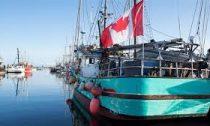
Oceana Canada’s latest annual report on the state of Canada’s fisheries was released today, revealing that the health of fish populations has declined over the past three years and the government is not acting with the speed and rigour needed to rebuild depleted stocks. Unless this changes, Canada cannot ensure a sustainable seafood industry or one that can adapt to global threats to the ocean, such as climate change, pollution and habitat destruction.
Fishery Audit 2019 provides an in-depth analysis of the state of Canada’s fisheries and tracks progress on how well the government is meeting its policy and management commitments.
Since its launch in 2017, the number of fish populations in a critical state has increased to 17 per cent (from 13...
Read More


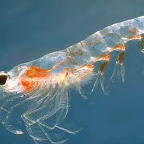
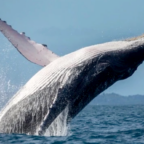
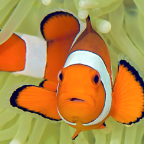
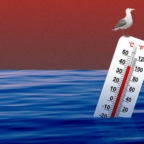
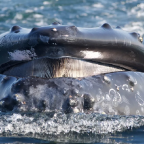
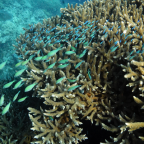

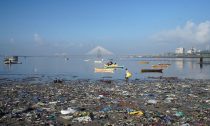


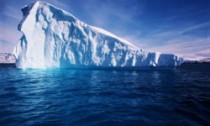

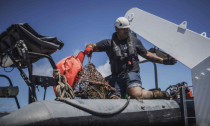
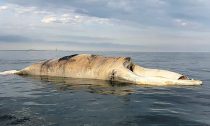

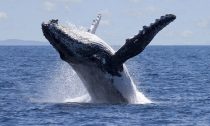

Social Profiles